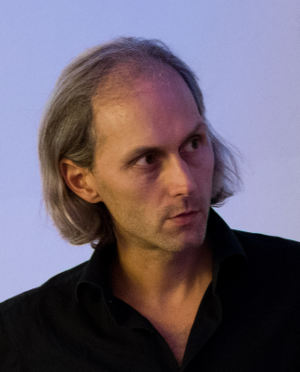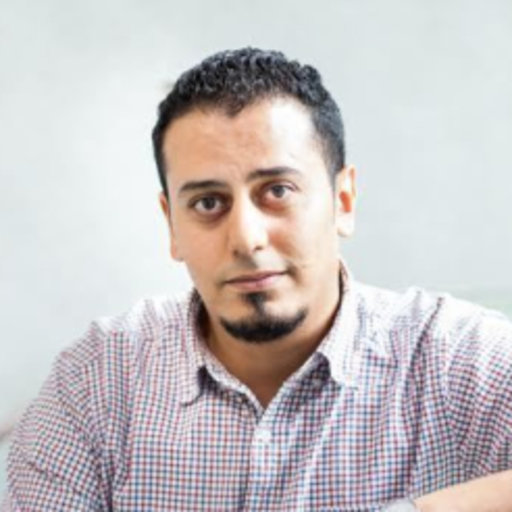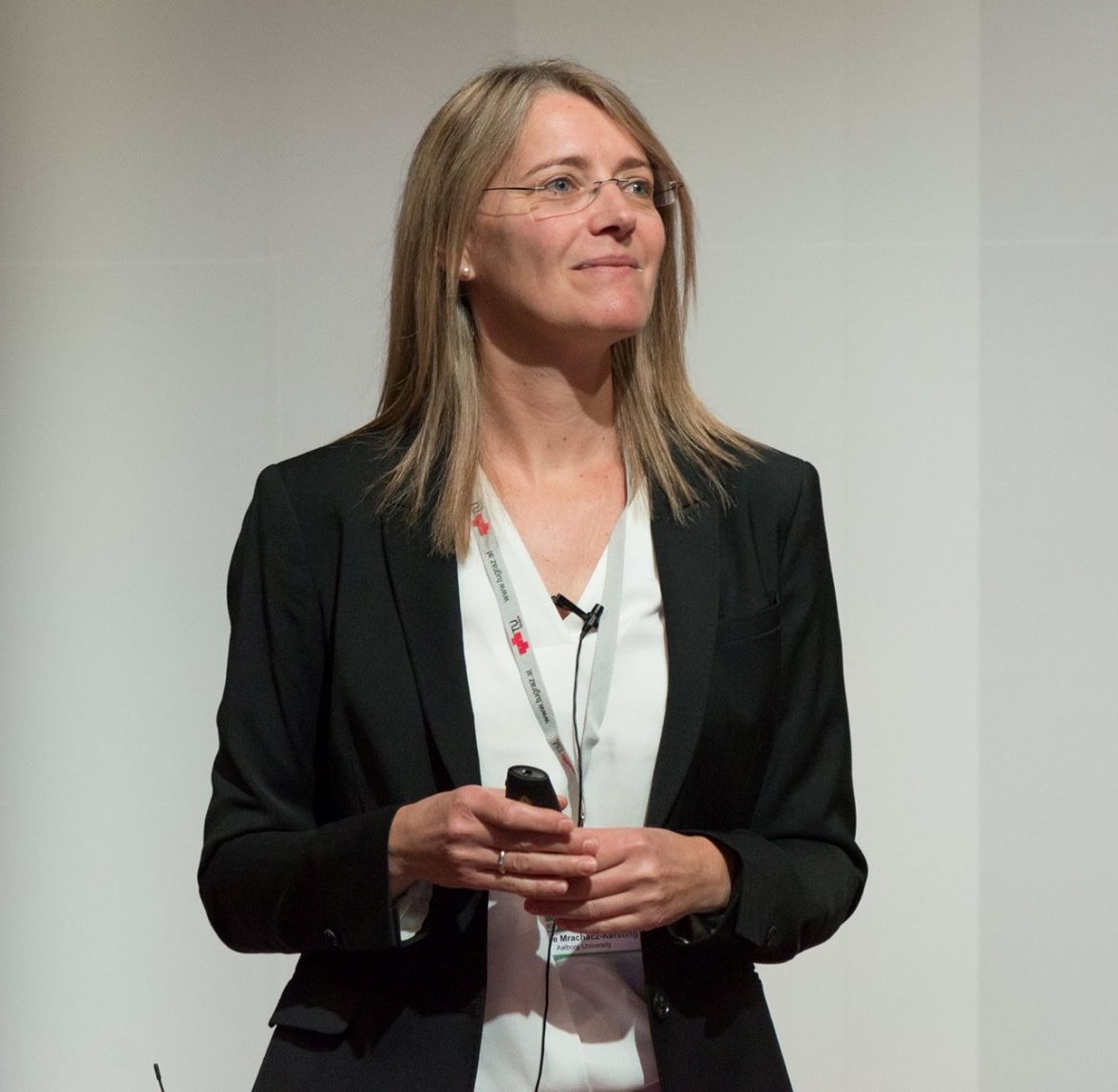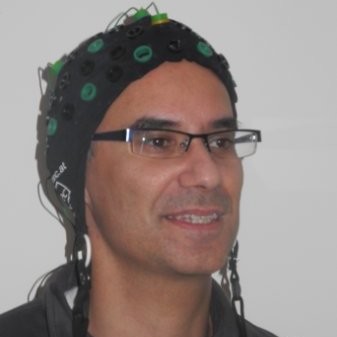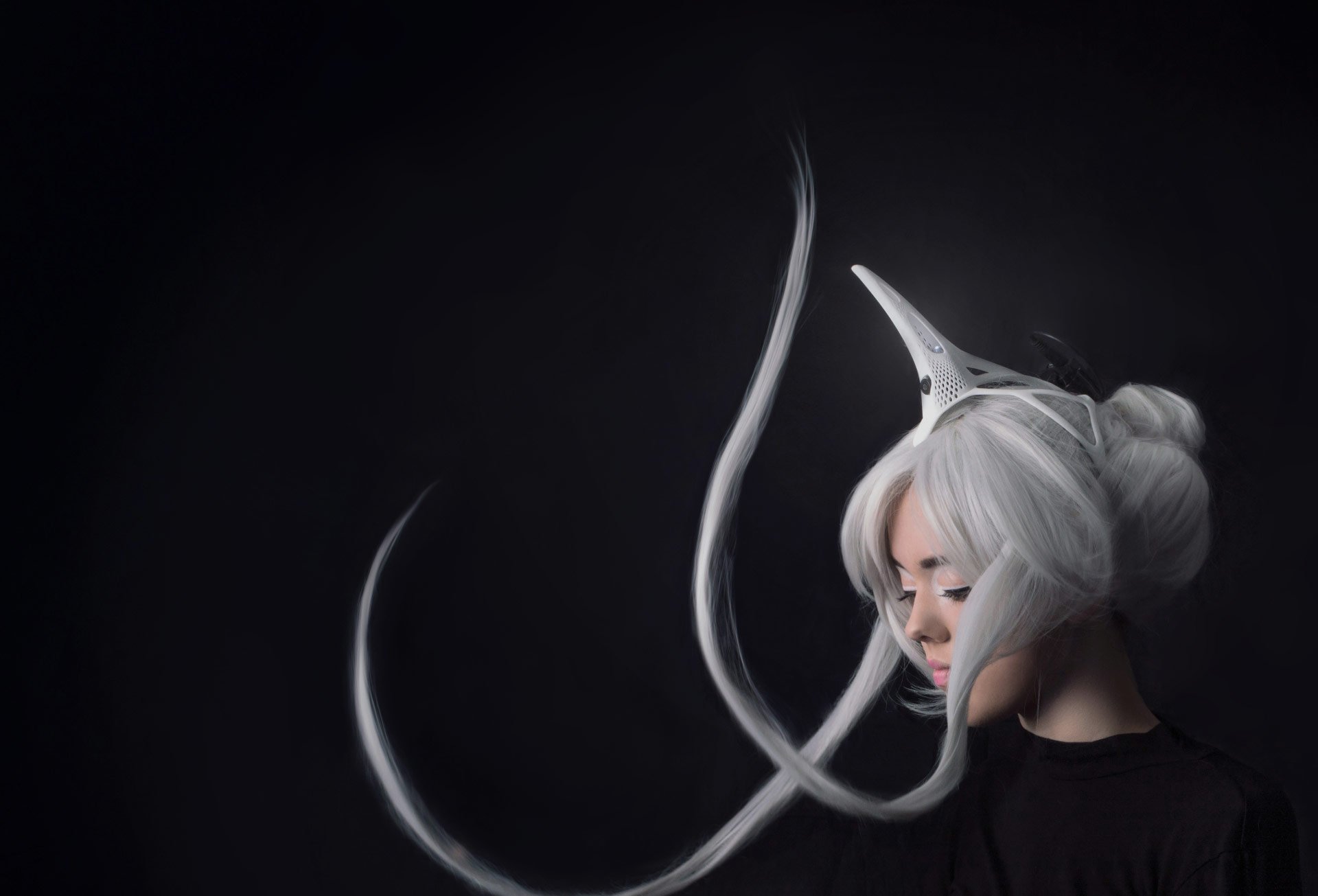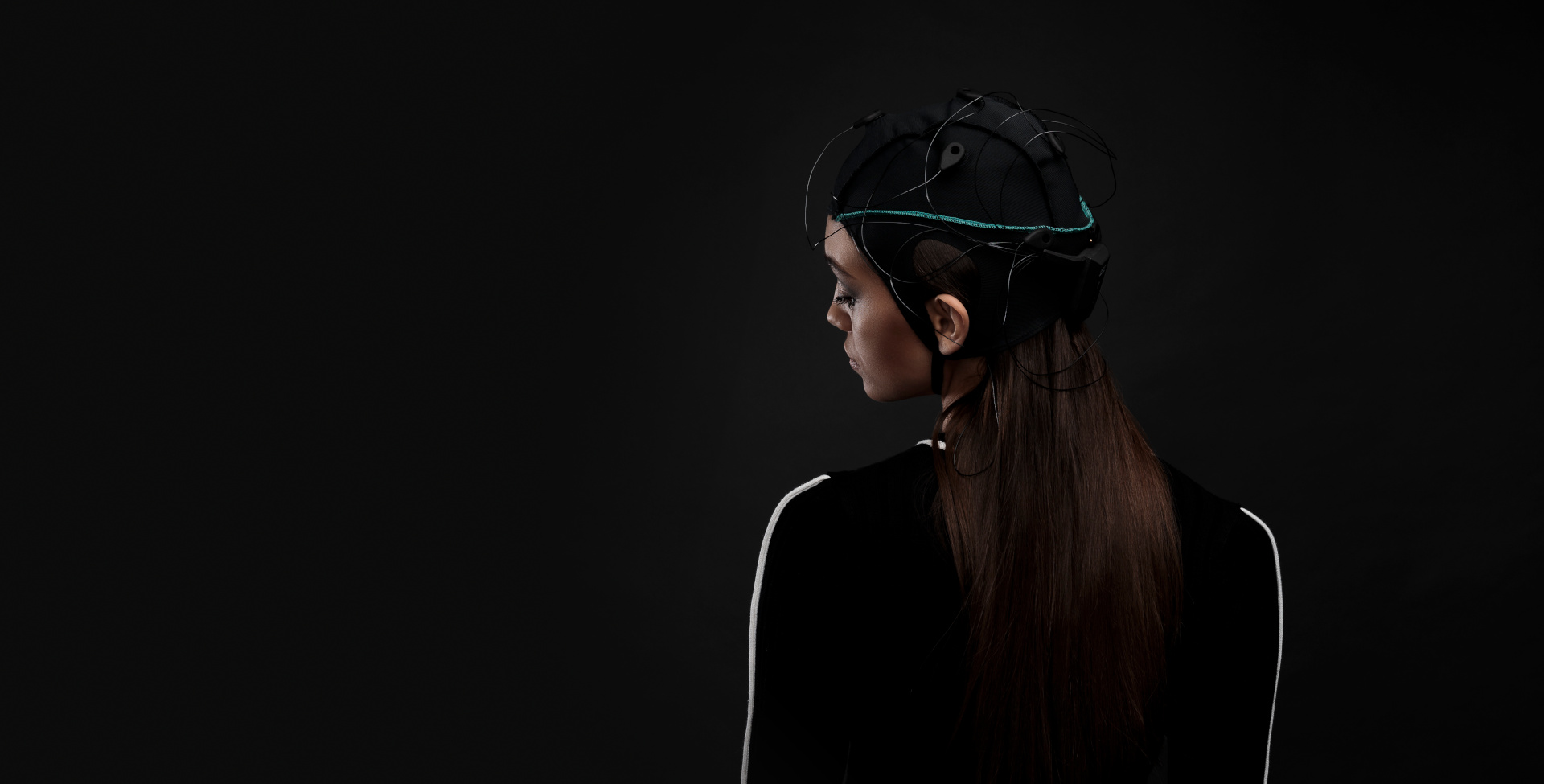
*BR41N.IO and Spring School 2022 are part of g.tec's Teaching Plan 2022 with more than 140 hours of online courses and lectures.
1st PLACE WINNER OF PROGRAMMING PROJECTS
Brain't - A Dream Painting Project
Team members: Esther Senneker, Valentina Gambo, Andreas Knoben, Beyza Nur Çay, Gwendolyn van der Bie, Ninon Lizé Masclef
Project Description: Selecting words based on the most active brain region to feed into an AI algorithm to create paintings
2nd PLACE WINNER OF PROGRAMMING PROJECTS
BrainLexa - A Smarthome Project
Team members: Mohamed Lakas, Marwan Lakas, Adel Merabet, Marwan Sidani
Project Description: Turning Unicorn Hybrid Black Speller outputs into voice commands for Amazon Alexa to control the Smarthome
3rd PLACE WINNER OF PROGRAMMING PROJECTS
Brain(i)hacs - A Focus Project
Team members: Anita Vrins, Caterina Ceccato, Ethel Pruss, Jos Prinsen
Project Description: Tracking brain activity to calculate the EEG engagement index and visualize the attention level
1st PLACE WINNER OF DATA ANALYSIS PROJECTS
PyEPosers - An ECoG Hand Pose Data Analysis Project
Team members: Shreya Kapoor, Stepan Shabalin, Maria Goni, Christophe Blanc, Kanjar De, Vibha Gupta, Raijkumar Saini
Project Description: Comparing multiple classification approaches to find the ideal feature selection
2nd PLACE WINNER OF DATA ANALYSIS PROJECTS
Making CSP Great Again - A Stroke Rehab Data Analysis Project
Team members: João Araújo, Monika Tutaj, Sonal Baberwal, Kate Gornostal
Project Description: Improving classification accuracy results for a motor imagery task using common spatial pattern
3rd PLACE WINNER OF DATA ANALYSIS PROJECTS
ECoGlove - An ECoG Hand Pose Data Analysis
Team members: Tellache Mohamed Mounir, Sai Tanimoto, Hideaki Kurashiki, Carl Xing, Reuben Cook, Zack Zhang, Benny Li, Mitch O'Gady
Project Description: Reducing load of real-time interfaces by using independent components and optimizing machine learning techniques
JURY
Gabriel Pires (PT)
Institute of Systems and Robotics, University of Coimbra & Polytechnic Institute of Tomar
SCHEDULE
Time Zone: GMT Vienna
Saturday April 30, 2022
| 9:00 | Introduction to BR41N.IO – A hackathon series by g.tec medical engineering Christoph Guger, g.tec medical engineering GmbH (AT) |
| 9:30 | Unicorn - The Brain Interface: Demo Martin Walchshofer, g.tec medical engineering (AT) |
| 10:30 | Motor Imagery, P300, SSVEP and ECoG data-sets Johannes Grünwald, Rupert Ortner, g.tec medical engineering (AT) |
| 12:00 | Start BR41N.IO & team formation Christoph Guger (AT), Arianna Di Bernardo (IT), Enrico Sansone (IT), Abdelkader N. Belkacem (EA), Gabriel Pires (PT), Luis Emilio Bruni (DK), Hossein Dini (DK), Cosmin Bonchis (RO), Ferat Sahin (US), Maryam Alimardani (NL), Eden Redman (CA) |
| All night hacking | |
Sunday May 1, 2022
| All night hacking | |
| 9.00 | Ethics of neurotechnology and brain-computer interfaces Nikita Lukianets, OpenEthics, Nice (FR) |
| 13:00 | End BR41N.IO Hackathon |
| 13:00 |
NeuroTechX - The International |
| 14:00 | Project presentations |
| 18:00 | BR41N.IO Ceremony |
BCI PRINCIPLES
Brain-computer interfaces are realized by 4 different principles:
slow waves
steady-state visual evoked potentials (SSVEP)
motor imagery (MI)
evoked potentials (EP)
In the BR41N.IO Hackathon Series, motor imagery and EP based systems
are mostly used to control the applications:
In the case of the motor imagery application, participants have to imagine e.g. left or right hand movement to produce an event-related desynchronization over the sensorimotor cortex. This is basically an amplitude change of the alpha and beta regions of the EEG.
In the case of EPs, the BCI system is showing different flashing icons and the user has to attend to the icon he wants to select. When the icon flashes on the computer screen, than a P300 wave is produced in the brain and the BCI system is able to detect it.
HOSTING INSTITUTIONS
Universities who are proud owners of the Unicorn Education Kit automatically qualify as hosting institution. Official hosting institutions are fully embedded in The BCI & Neurotechnology Spring School and, of course the BR41N.IO Designers' Hackathons. Boost your institution’s visibility and awareness and benefit from a big audience.
Hosting institutions provide on-site access to EEG devices and brain-computer interface technology that you would need for programming projects. Just let us know at which hosting institition you would like to participate during the BR41N.IO Hackathon.
TILBURG UNIVERSITY
Department of Cognitive Science & AI
Prof. Maryam Alimardani
Tilburg, Netherlands
AALBORG UNIVERSITY
MeCIS Media Cognition & Interactive Systems
Prof. Luis Emilio Bruni & Hossein Dini
København , Denmark
AALBORG UNIVERSITY
Augmented Cognition Lab
Prof. Luis Emilio Bruni & Hossein Dini
København , Denmark
G.TEC
AUSTRIA
g.tec medical engineering GmbH
Dr. Christoph Guger
Schiedlberg, Austria
UAE UNIVERSITY
ABU DHABI
United Arab Emirates University
Prof. Abdelkader N. Belkacem
Abu Dhabi, United Arab Emirates
MLJC
ITALY
Machine Learning Journal Club
Arianna Di Bernardo, Enrico Sansone
Turin, Italy
DIGITALE MANUFAKTUR
Medienwerkstatt Collective
Mariana Carranza
Coburg, Germany
SIMON FRASER UNIVERSITY
School of Engineering Science, Communication Networks Laboratory, Prof. Ljiljana Trajkovic
Vancouver, Canada
UNIVERSITY OF COIMBRA
Institute for Systems & Robotics (ISR) & CIBIT
Prof. Gabriel Pires, Prof. Miguel Castelo-Branco
Coimbra, Portugal
WEST UNIVERSITY TIMISOARA
Faculty of Mathematics and Computer Science. Prof. Cosmin Bonchis
Timisoara, Romania
ROCHESTER INSTITUTE OF TECHNOLOGY
NSF AWARE-AI NRT Program and Electrical & Microelectronics Engineering Dpt.
Prof. Ferat Sahin
Rochester New York, USA
NEURALBERTA
TECH
NatFlat @ University of Alberta
Mr. Eden Redman
Edmonton, Canada
PROGRAMMING PROJECTS*
*These projects require a Unicorn Hybrid Black or a BCI system.
Unicorn Speller: Smart Home
The Unicorn Brain Interface comes with the Unicorn Speller application that is using P300 paradigm to control electronic devices such as lamps, radios or television. Watch the video Unicorn Speller Smart Home.
soft-/hardware: Unicorn Hybrid Black, Unicorn Speller, electronic devices
participants: 2 groups, 5-8 people per group
skills: basic programming skills (Matlab, Simulink)
Unity Rehab
Create a Unity based game that can be used for rehabilitation purposes.
soft-/hardware: Unicorn Hybrid Black, Unity
participants: 3 groups, 5-8 people per group
Skills: Basic programming skills (Matlab, Simulink), Basic graphics programming with Unity
Unity Games
Create your own Unity game that can be controlled with a brain-computer interface.
soft-/hardware: Unicorn Hybrid Black, Unicorn Suite, Unity
participants: 3 groups, 5-8 people per group
Skills: Basic programming skills (Matlab, Simulink), Basic graphics programming with Unity
</> Alien AI
According to an audience's emotional input and the Alien AI behavior - multi-screen human-made and AI-Generated films on multi-screen projections changes.
soft-/hardware specifications: Unicorn Hybrid Black or Naked BCI, g.Pangolin
participants: 1 group, 5-7 people
skills: Basic programming skills (Simulink, C#, maxMSP), projection mapping, sound engineers, emotion recognition, tensorflow
Virtual Book
Read a book with a brain-computer interface.
soft-/hardware: Unicorn Hybrid Black, Unicorn Suite
participants: 1 group, 5-8 people per group
Skills: Basic programming skills
Theta Search
Look for theta activity in the frontal lobe.
soft-/hardware: Unicorn Hybrid Black, Unicorn Suite
participants: 1 group, 5-8 people per group
Skills: Basic programming skills
Dream Painting
If you want to create a Dream Painting, you have to wear a Unicorn Brain Interface while you sleep. When you wake up, you are able to create a picture based on EEG signals.
soft-/hardware: Unicorn Hybrid Black, Unicorn Painting
participants: 2 groups, 5-8 people per group
skills: Basic programming skills (Matlab, Simulink)
fNIRS and EEG Control
The team can use fNIRS (functional near-infrared spectroscopy) and EEG simultaneously to control BCI applications.
soft-/hardware: g.Nautilus fNIRS
participants: 1 group, 5-8 people per group
skills: Basic programming skills (Matlab, Simulink)
Sense & Stimulate the Brain
Stimulate the brain with tDCS to increase or mental performance and measure brain activity with EEG at the same time with the Unicorn Hybrid Black environment.
soft-/hardware specifications: Unicorn Hybrid Black, Brain Stimulator
participants: 1 group, 3-5 people per group
skills: Basic programming skills (Matlab, Simulink, C#)
Play An Instrument
Use a brain-computer interface to play a virtual instrument like an imaginary piano.
soft-/hardware: Unicorn Hybrid Black, Unicorn Suite
participants: 1 group, 5-8 people per group
Skills: Basic programming skills
Art Installation
Influencing an art installation by auditory and visual stimulation.
soft-/hardware: Unicorn Hybrid Black, Unicorn Suite
participants: 1 group, 8-10 people per group
Skills: Basic programming skills
Your Hacking Project
You are invited to create your own programming project for this hackathon. You'll have all the BCI headsets or you bring your own BCI to design and program your own fully functional headset.
soft-/hardware specifications: Unicorn Hybrid Black, tbd
participants: 2 groups, 5-8 people per group
skills: Basic programming skills
Unicorn Sphero
The Unicorn Hybrid Black offers the Unicorn Speller application that allows you to control a robotic ball called Sphero. Watch the video Unicorn Sphero.
soft-/hardware: Unicorn Hybrid Black, Unicorn Sphero, Sphero robot
participants: 2 groups, 5-8 people per group
skills: Basic programming skills (C#)
Orthosis Control
It is possible to control a 3D printed orthosis using a Unicorn Hybrid Black with motor imagery. It is possible to move an orthosis by thinking about left or right hand motion. Watch the Orthosis Control video.
soft-/hardware: Unicorn Hybrid Black, Unicorn Speller, bring your own orthosis or use Unity instead
participants: 2 groups, 5-8 people per group
Skills: Basic programming skills (Matlab, Simulink), basic graphics programming skills with Unity
Flight Control
The Unicorn Hybrid Black comes with the Unicorn Speller which allows you to fly your own drone with the brain only.
soft-/hardware: Unicorn Hybrid Black, Unicorn Speller, bring your own drone or use Unity instead
participants: 2 groups, 5-8 people per group
skills: Basic programming skills (Java)
Smartphone
Control the apps on your smartphone with a brain-computer interface.
soft-/hardware: Unicorn Hybrid Black, Unicorn Suite
participants: 1 group, 5-8 people per group
skills: Basic programming skills
Bosten Dynamics Spot
Control the Boston Dynamics Spot using Motor Imagery.
soft-/hardware: g.Nautilus
participants: 1 group, 5-8 people per group
Skills: Basic programming skills
DATA ANALYSIS PROJECTS*
*no hardware required.
Stroke Rehab Data Analysis
Analyze a motor imagery BCI data-set from a chronic stroke patient in order to optimize pre-processing, feature extraction and classification algorithms. Compare your results with state-of-the-art algorithms.
soft-/hardware: MATLAB or other signal processing platform that is able to read in the MATLAB matrix
participants: 3 groups, 3-5 people per group
skills: signal processing skills
P300 Speller Data Analysis
Analyze a visual P300 BCI data-set from a healthy person in order to optimize pre-processing, feature extraction and classification algorithms. Compare your results with state-of-the-art algorithms.
soft-/hardware: MATLAB or other signal processing platform that is able to read in the MATLAB matrix
participants: 3-5 people per group
skills: signal processing skills
Unresponsive Wakefullness Syndrom Data Analysis
Analyze a vibro-tactile P300 BCI data-set from a patient with disorders of consciousness in order to optimize pre-processing, feature extraction and classification algorithms. Compare your results with state-of-the-art algorithms.
soft-/hardware: MATLAB or other signal processing platform that is able to read in the MATLAB matrix
participants: 3 groups, 3-5 people per group
skills: signal processing skills
SSVEP Data Analysis
Analyze an SSVEP BCI data-set from a healthy person in order to optimize pre-processing, feature extraction and classification algorithms. Compare your results with state-of-the-art algorithms.
soft-/hardware: MATLAB or other signal processing platform that is able to read in the MATLAB matrix
participants: 3-5 people per group
skills: signal processing skills
Locked-in Patient Data Analysis
Analyze a vibro-tactile P300 BCI data-set from a patient with locked-in syndrom in order to optimize pre-processing, feature extraction and classification algorithms. Compare your results with state-of-the-art algorithms.
soft-/hardware: MATLAB or other signal processing platform that is able to read in the MATLAB matrix
participants: 3 groups, 3-5 people per group
skills: signal processing skills
ECoG Hand Pose Data Analysis
Analyze an ECoG BCI data-set from an epilepsy person in order to optimize pre-processing, feature extraction and classification algorithms. Compare your results with state-of-the-art algorithms.
soft-/hardware: MATLAB or other signal processing platform that is able to read in the MATLAB matrix
participants: 3-5 people per group
skills: signal processing skills
ARTISTIC PROJECTS
Unicorn Painting
Create images according to your brain activity that you measure with the Unicorn Brain Interface.
soft-/hardware: Unicorn Hybrid Black, Unicorn Speller (includes Painting add-on)
participants: 3-5 people per group
Design Unicorn Brain Interface with 3D Printers
Expand the Unicorn Brain Interface with your own 3D printed parts. Let them move, light, hold things or simply look nice. Watch the video 3D Headset Design.
soft-/hardware: Unicorn Naked BCI, 3D software
participants: 2 groups, 3-5 people per group
Skills: Basic CAD
Design Unicorn Brain Interface with Sewing Machines
Give the Unicorn Brain Interface a new, fashionable look.
soft-/hardware: Unicorn Naked BCI, sewing machines, fabrics and craftiing material
participants: 2 groups, 3-5 people per group
SPONSORS
Join the IEEE community of more than 400,000 technology and engineering professionals united by a common desire to continuously learn, interact, collaborate, and innovate!
